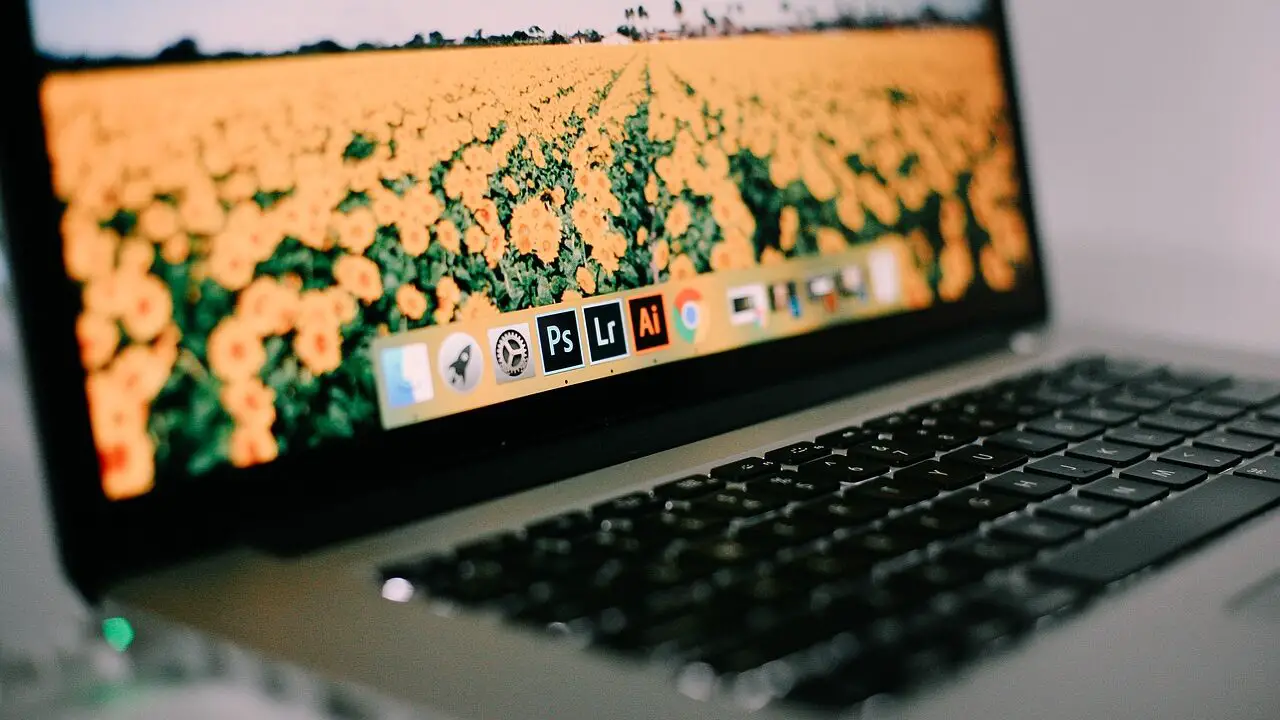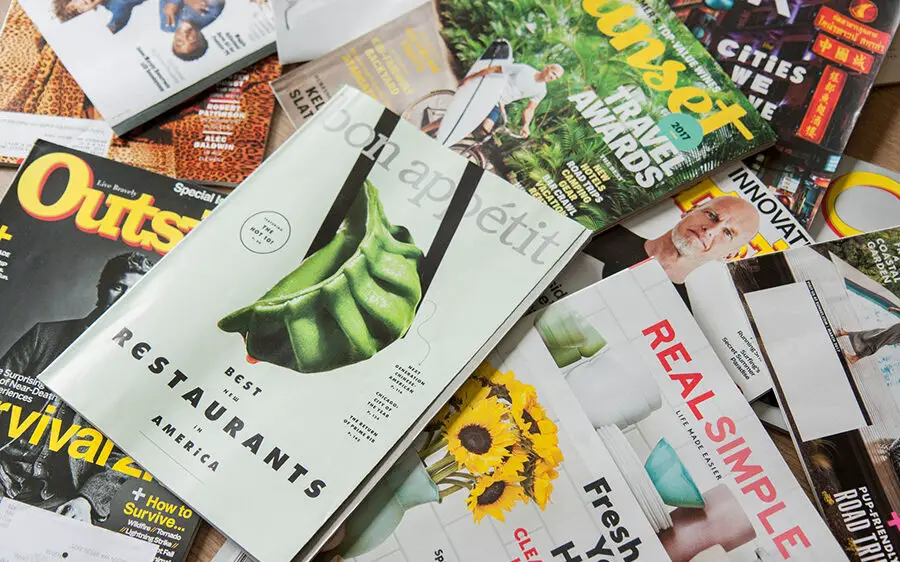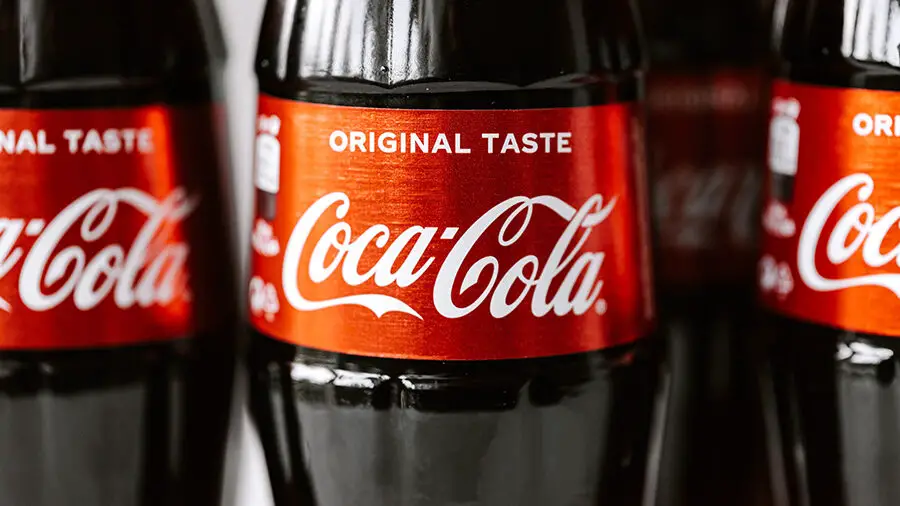A graphic designer is a professional who combines images, typography, color, and visual elements to create a visual composition that solves a communication problem. They create these graphics for print or electronic media, from publications like books and articles to branding, advertising, and websites. They work with clients and agencies to solve their visual communication needs with the aim of communicating simply, effectively, emotionally, logically, and memorably.
Graphic designers can be both self-taught or hold a bachelor’s degree or certificate from accredited schools. However, their education-level is rarely the primary factor when employers are looking to hire them. Their experience, creative skills and portfolio of work are the most significant qualifications.
What does a graphic designer do?
Graphic designers work with individual clients, companies or branding and advertising agencies to design;
- Visual identities; logo, business card, stamps, letterheads, company profiles, merchandise like t-shirts and stationery prints
- Advertising: Billboards, van wraps, banners, signboards, posters, brochures etc
- Publications; books, magazines, journals, annual reports, newsletters, newspapers etc
- Packaging; bottle and can labels, boxes, wrappers etc
- Web graphics; website and app icons and backgrounds, social media profiles and backgrounds, online ads etc
What skills do you require to be a Graphic Designer?
Before the computer was invented (or was small enough to fit on a desk), graphic designers would get hands-on with pencils, brushes, knives, and tweezers to design for print or painted signs and posters, literally cutting and pasting letters and getting high on adhesive fumes. Those days are long gone and the modern graphic design uses the computer as their primary tool for designing.

They use specialized software, mostly Adobe programs to arrange and organize elements. Adobe Photoshop, Illustrator are industry standard, and skills in these are essential for Logo and advertising work and Adobe InDesign is the staple for Brochures, magazines, and other types of publications intended for either print or electronic media.
Visual Identity
Every modern business or organization needs branding. A brand Identity is the scope of visual elements that define the company and communicates it’s values, tone, and personality in the way they want their audience to perceive them. A graphic designer specializing in brand identity will work with the client to create their logo, business card, and stationery as they need them, keeping all of these works in visual harmony.
The designer may also create a set of brand guidelines involving color, typography, and arrangement rules that will guide current and future design projects knows as the Design Handbook. This ensures consistency, continuity, and easy identification of the brand along with keeping a professional look. For instance, a global brand like BMW will have strict guidelines, so when they need to update their logo, no one in the workshop is suggesting replacing the blue with red. Customers may not buy the car regardless of the quality of the car if the emblem doesn’t look like it belongs on a BMW. Brand Identity establishes trust and a loyal customer base.

Advertising design
A graphic designer working in advertising generates images that help a company or organization promote a product, service, or increase awareness of their brand. They work alongside the owner, director, writers, and marketing strategists to custom build advertising material to target certain audiences and achieve the goals of the campaign. Advertising used to be print centered but today the majority of advertising material is created for digital marketing and advertising.

Graphic designers in advertising create a growing list of designs including:
- Posters, billboards and banners
- Brochures and flyers
- Infographics
- Menus
- Vehicle wraps
- Postcards and email cards
- Signage
- Website banner ads
- Exhibition and trade show stands
- User interface Graphic design
The UI designer designs the parts of an app or program that the user interacts with like buttons, icons, backgrounds and menus to make the app easier to use. The graphic elements are arranged in such a way that clearly directs the user to a certain function, simplifies the experience, is aesthetically pleasing and at the same time functional. They keep you from having to the see the cluttered code on black backgrounds that make up the apps you use.
They work with the UX designer (deals with the non-digital interaction) and developer who writes the code that makes the app run. They need knowledge in programming like HTML, CSS, and JavaScript in addition to their graphic design skills. Your favorite apps, websites, WordPress themes and game interfaces look great and are easy to use thanks to a UI designer.
Publication graphic design
Graphic designers specializing in publication are responsible for designing digital and print content like books, newspapers, magazines, and journals. They combine text and images and arrange them in a way that is enticing and easy to read. Most traditional newspapers have moved to digital publishing and corporates send their publishing to consumers electronically rather than mail due to the increase in internet usage and for environmental reasons by reducing the use of paper.

Packaging graphic design
Almost every product you use including the phone or computer you’re reading this from came in a package. The package had a design that communicated it’s contents and the brand responsible for the product. The packaging designer creates the print design for packaging by arranging visual elements adding the brand identity, product, and communication information to create a cohesive design that communicates function and grabs the buyer’s attention. Some packaging designers specialize in certain industries like alcoholic beverages or a type of package like cans only, while others do it all from delivery boxes to chocolate wrappers. Like in other design fields, they have to keep up with ever-evolving trends.

Motion graphic designer
This is a generally new field, arising from the ease in technology and availability of software used in generating short animations and videos. The difference between a motion designer and an animator is that the motion designer creates short, simple animations or video often repeating like a mascot character dancing in an endless loop shared as a GIF. An animator rigs up complex 2d or 3d characters to move and interact creating a story with moving backgrounds and changing perspectives.
You’ve seen those short how-to videos with instructional text popping up on the screen and sunny indie music playing in the background. 15 years ago, you’d need a video editor or animator to do one of those back then and there was no need for those types of videos anyway cause people still watched tv. But in today’s social-media fueled world, people constantly glued to their phones with ever-dwindling attention spans, you need a motion designer that does that simple short edit, with quick scenes of videos or static images and engaging audio that quickly gets to the point.
Animated logos are also popular especially for presentations, app launches, and YouTube videos. A Motion graphics designer does that. Some specialize in moving looping ads that you’ve probably seen on websites. Other motion graphics are promotional videos, trailers, presentations and video game launches.
In summary, graphic designers work with individual clients, companies and advertising agencies to fulfill their communication needs, achieve marketing goals and leave a lasting impression on their audiences. It’s a creative career that one with a creative mind, an interest in learning the skills, and an eye for detail can enjoy and grow exponentially both personally and career-wise.

5 thoughts on “Who is a Graphic Designer and what do they do?”
Comments are closed.